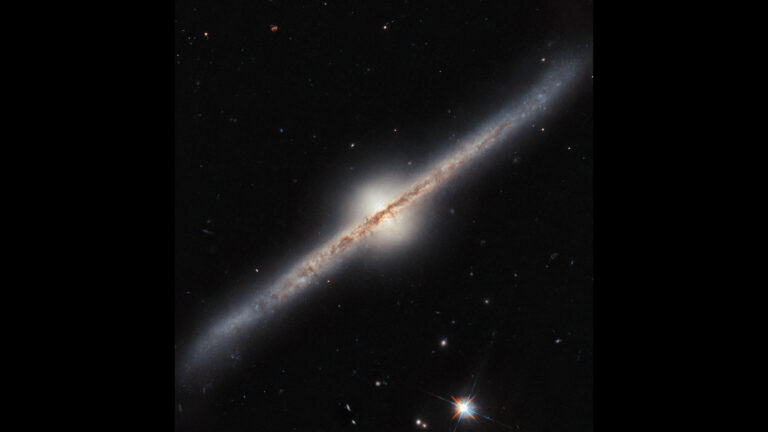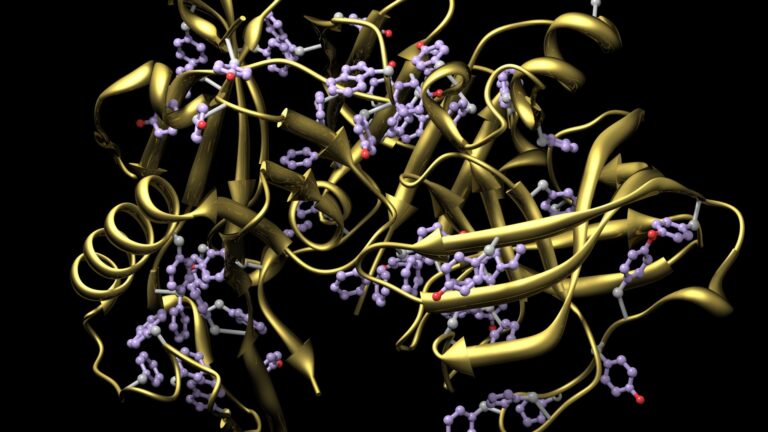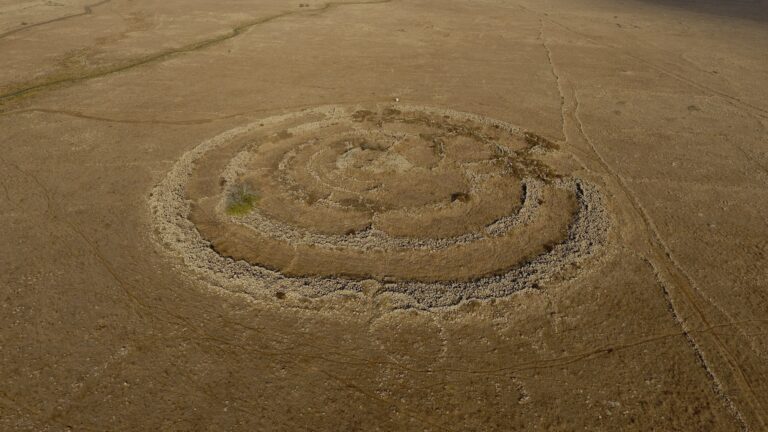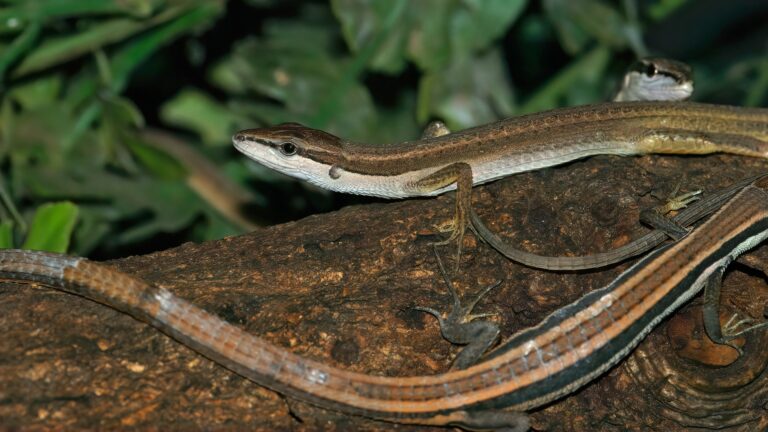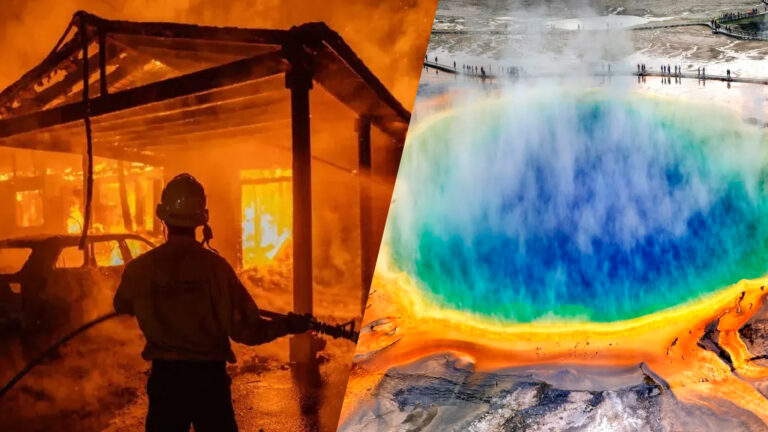Nuclear fusion could be the clean energy of the future — but these ‘tough’ challenges stand in the way
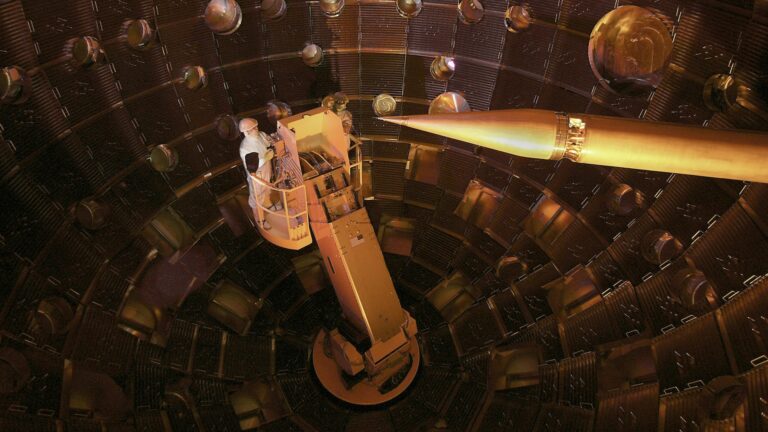
Even once researchers can reliably get more power out of a fusion reaction than they put in, they’ll still need to overcome engineering challenges to scale up fusion energy.
